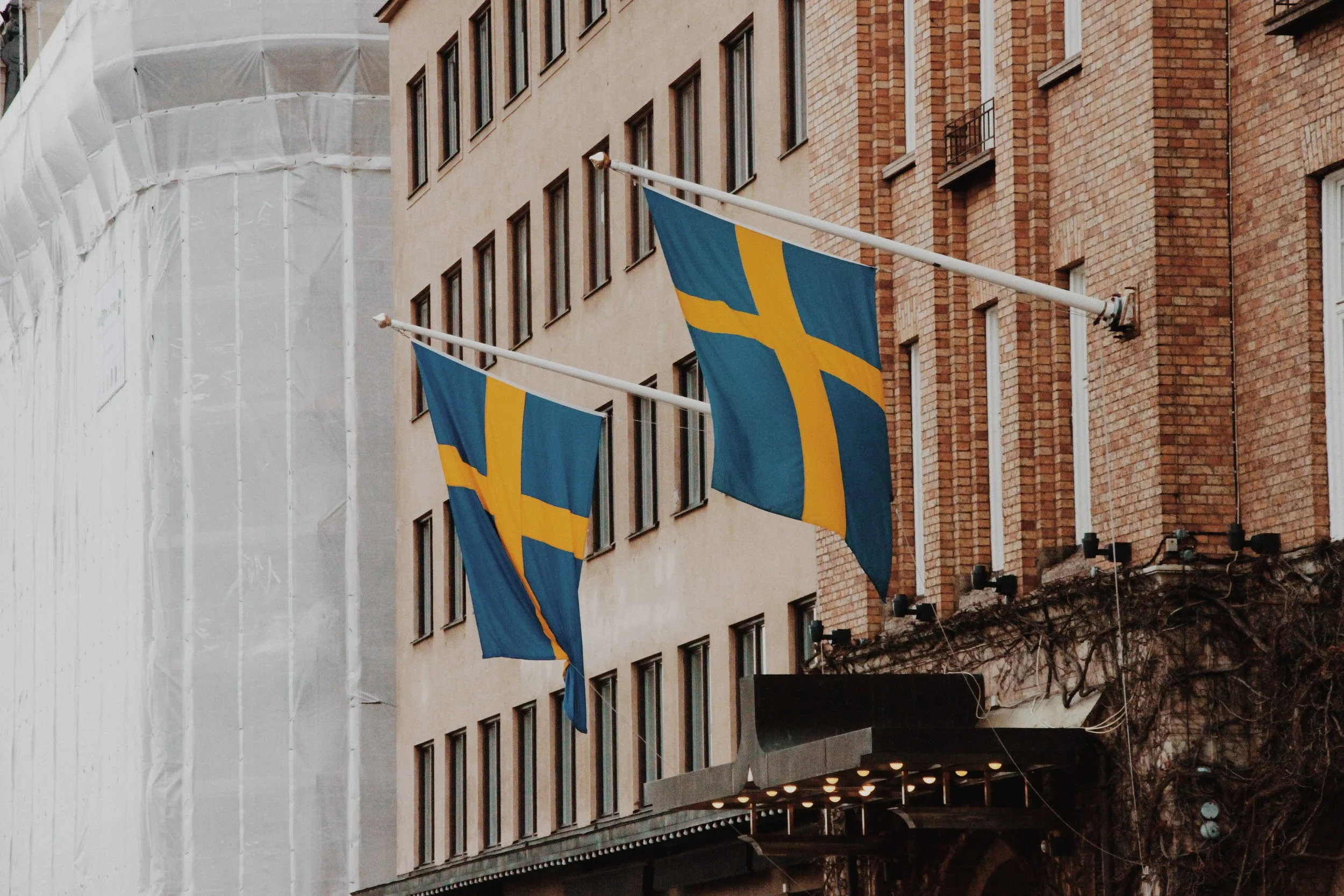Sweden’s economy is 3,4 % circular
RE:Source, a strategic innovation program, has just unveiled Sweden’s very first Circularity Gap Report. According to it, Swedes consume more than twice as many materials as the global average. By acting now, Sweden can reduce this material footprint by over 42%.

The Circularity Gap Report Sweden is an analysis of Sweden's material flows that shows how circular the country is. On April 21, 2022, RE:Source presented the results, followed by a panel discussion with Svante Axelsson from Fossil Free Sweden, Jenny Svärd from the Confederation of Swedish Enterprise and Anders Wijkman, among others.
At 3.4%, Sweden’s circularity metric reflects its current cultural, economic and geographic realities. This report, produced by Circle Economy and RISE Research Institutes of Sweden, shows that there is a lot left to do. Presenting the findings, Circle Economy’s Matthew Fraser emphasised their role in provoking discussion and opening pathways for improvement.
The circularity gap report number measures the resource reality of a country – how it consumes raw materials to fuel the needs of the society and how much is recycled back into the economy after use. More than that, Circularity Gap Reports suggest circular transition pathways and inspire action towards a more sustainable, circular future. The Netherlands is a global frontrunner in the race to circularity with a Circularity Metric of 24.5%. At 2.4%, Norway's circularity rate, which was released in 2021, is below global average (8.6%).
We are proud to present Nordic Circular Construction - 2.0! A project which is a direct result of the Nordic Circular Hotspot Transition Group on circular construction. Rooted in cross market collaboration, Nordic Circular Construction, which is funded by Nordic Innovation, has the purpose of developing the Nordic re-trade market for circular critical construction materials and solutions - in a way that can lead the value chains of the construction industry to sustainable tipping points.
Global Circular Network. Digital Product Passport Platform via RFiD THREADS® is a digital product passport platform that helps brands integrate 2-in-1 DPPs to meet ESPR (Ecodesign for Sustainable Products Regulation) compliance and add products to the circular economy.
Habitania Institute identifies circular opportunities and designs circular business models that generate business value, positively impacting society and the environment. The consultancy is committed to supporting SMEs in scaling up their core business to become competitive in the market and providing socially and environmentally sustainable, customer-centred products and services by assessing, co-creating, and transforming traditional business models.
Food is essential for our existence. Read our newest article diving into the sustainable revolution of food value chains, highlighting the untapped potential in beloved commodities like chocolate. Beyond the bean (the seeds of the cacao fruit that are harvested to make chocolate), the whole cacao fruit can be used. And yet, 75% of this fruit is commonly discarded and left to degrade on the ground. This article by PACE Platform for Accelerating the Circular Economy and Nordic Circular Hotspot goes beyond the bean and explores circular innovation for cocoa!
Circular economy is evolving fast but at its core are still practical initiatives that benefit our communities and the environment. Today, we are very happy to welcome two new circular economy initiatives hailing from Iceland, Hringrásarsetur Íslands and Circular Library Network, to the Nordic Circular Hotspot partnership programme.
Circular Computing takes the refurbishment of IT equipment to the next level by producing carbon-neutral remanufactured laptops. The company exists to create a more ethical, sustainable and socially responsible way to buy IT, and we at the NCH are very glad to welcome them as the newest addition to our Partnership Programme!
The Confederation of Norwegian Enterprise (NHO—Næringslivets Hovedorganisasjon) is Norway’s largest organisation for employers and the leading business lobbyist. Currently, it has a cross-sectoral member base of over 32.000 companies that range from small family-owned businesses to multinational companies. NHO Service og Handel, which has now joined the Nordic Circular Hotspot, is NHO’s second largest national association, with over 7,100 member companies that have a total turnover of NOK 211 billion.
ESG People are specialists in the recruitment of sustainability competence and in the past year have recruited for over 40 positions within the sustainable transition, be it within strategy, implementation, reporting, finance, regulatory or market. We at the NCH are very excited to partner with ESG People and support their mission of providing the green shift with the resource it most needs: people who are skilled and passionate about creating a sustainable future!
Circularity has developed a unique process to transform used textiles into new garments and other textile items — mechanically, without the use of chemicals or water, and without the addition of any virgin fibres whatsoever. Their input consists not just of pre-consumer off-cuts but also of used work wear from industrial customers and institutions, as well as bed linen and towels from the hospitality and healthcare industries that would otherwise end up in incinerators. Unique, 100% recycled and truly circular.
Combat Climate Change prides itself as a profit-for-purpose company, focusing on deep tech innovation and an ESG platform with consulting services that helps their product principles of being circular, regenerative, and restorative in nature. Part of their profits will be channelled to fund climate education and awareness programmes for future generations. Combat Climate Change is also the newest addition to the NCH Partnership Programme and we can’t wait to connect this active and engaged team to our network of Nordic circular activators!










